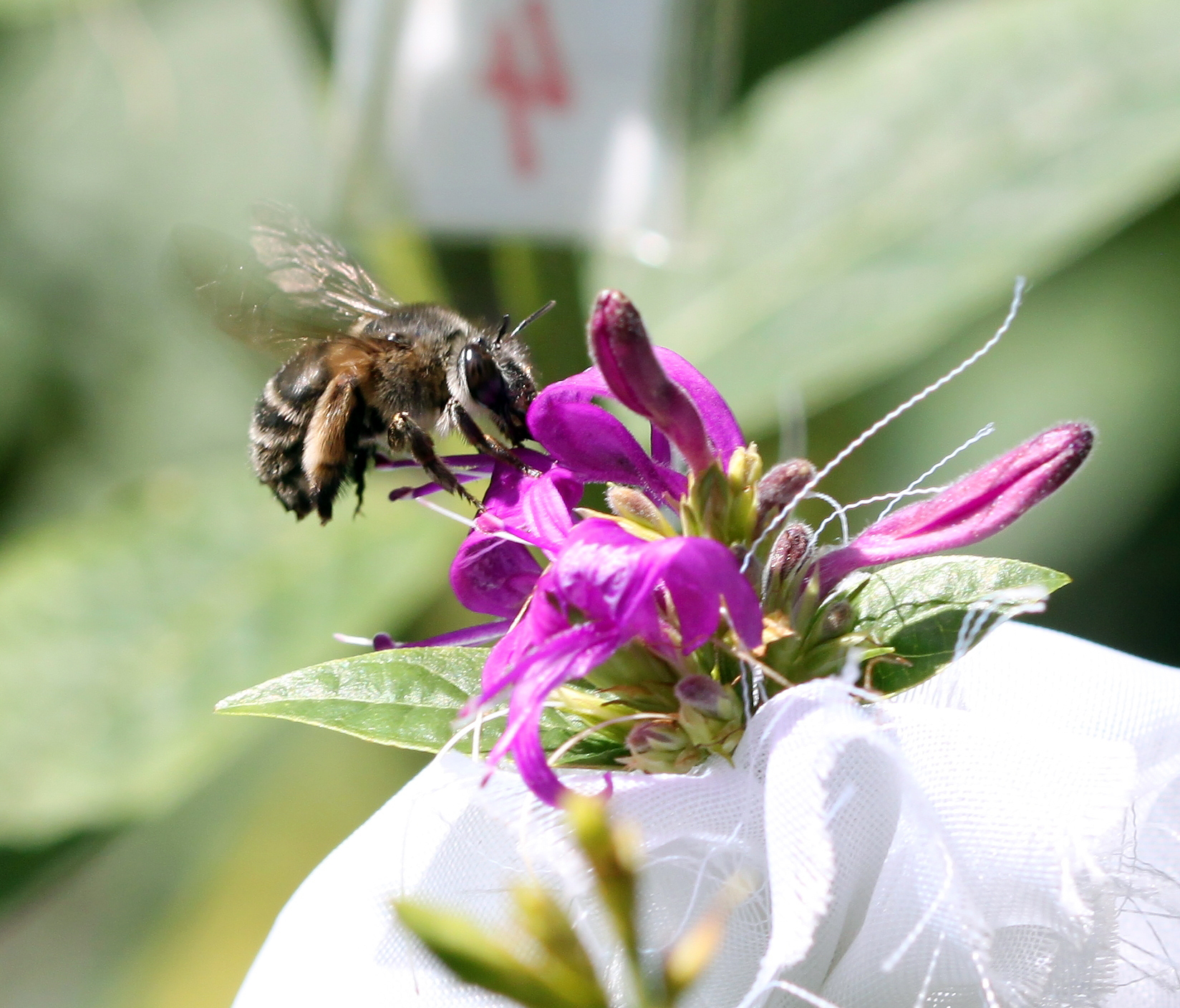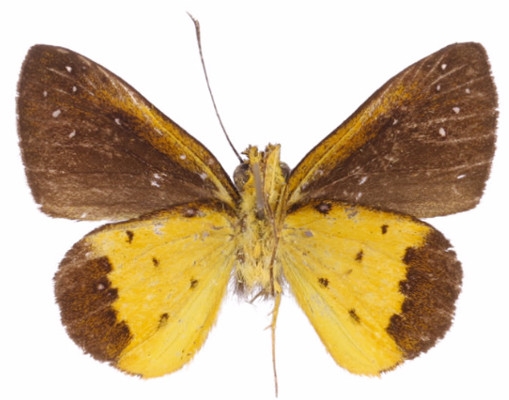
Fly ash deposit in Chvaletice, eastern Bohemia. © R. Tropek
In the impoverished European landscapes, stone quarries, open mines, spoil heaps, sandpits, or fly ash deposits serve as crucial secondary refuges for various species of threatend habitats, such as steppe grasslands, bare sands, and open forests. Very oftensuch post-industrial sites harbour many endangered organisms vanishing from our common landscapes. Recently, we have revealed fly ash deposits as one of the most important habitats for conservation of Central European biodiversity. We have also repeatedly shown that commonly practiced technical reclamations cause local extinctions of the majority of such species and thus waste this tremendous conservation potential. We also study the effects of various environmental factors on the development of insect communities and their applicability during the efficient ecological restoration. Currently, we focus mainly on various finely-grained substrates, including fly ashes, and surprisingly overlooked post-industrial freshwater habitats.
English book with our contributions: Řehounková a kol. 2011. Near-natural restoration vs. technical reclamation of mining sites in the Czech republic.Calla, České Budějovice. (http://www.postindustrial.eu/en/knihy)

Anthophora bee visiting flowers of Hypoestes aristata. © R. Tropek
Interactions between flowering plants and their pollinators and other visitors belong to the keystones of (not only) community ecology. We focus on biology of pollination in the often overlooked Afrotropical ecosystems where in-depth studies are lacking, as well as in Central Europe with a much higher potential of our results for application in nature protection. By detailed studying of pollination systems of individual plant species, we have convincingly shown how the results of many current studies can be misleading for understanding of the real relationships in communities due to some current methodological approaches. Recently we have started to focus on studies of general patterns in pollination networks and their changes along environmental gradients. Because of the multi-disciplinarity of pollination biology, besides pollination by insect we focus also on both plants and birds as pollinators.
Afrotropical butterflies and moths
Butterflies and moths (Lepidoptera) belong to the traditionaly most studied groups in community ecology. Knowledge on their biodiversity in tropical Africa is, however, still insufficient. We focus mainly on patterns in their species and functional diversity along various environmental gradients. Simultaneously we also study other factors, such as the impact of forests structure and disturbances on theur communities with applications into practical conservation of tropical biodiversity. We use lepidopterans also as an important model in our pollination studies. Last but not least, we do not forget to improve the basic knowledge of African Lepidoptera, including taxonomy, phylogeny and their natural history.

